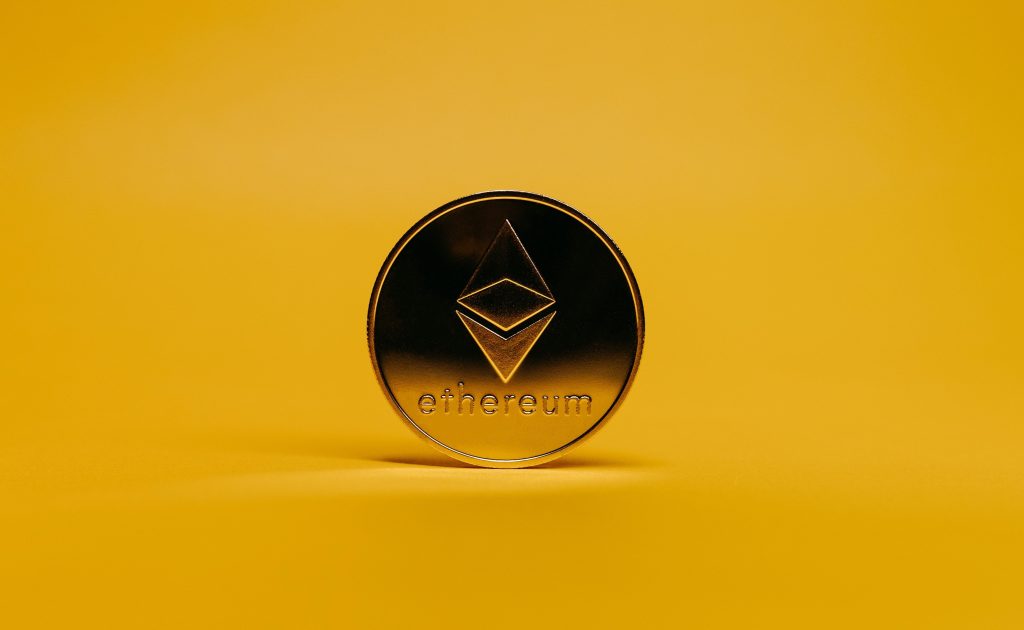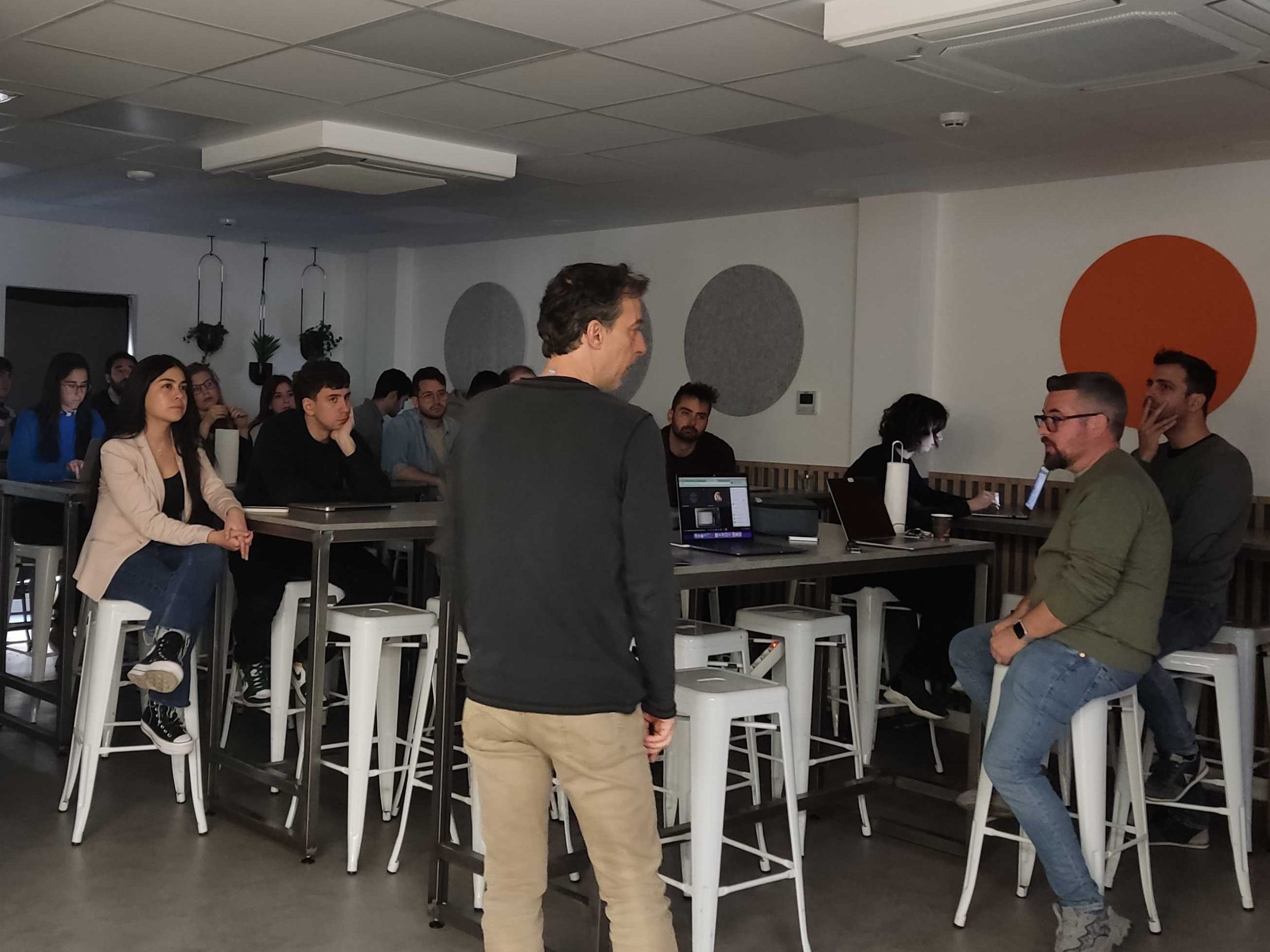
You’ve probably already heard about blockchains, tokens, and metaverses. These terms get thrown around a lot, but what do they actually mean? They refer to such abstract things that it isn’t always easy to wrap our heads around their definitions.
Thankfully, our friends from Tarkin Studios took the time to break them down for us. Not only did they explain, in detail, what blockchains, tokens, and metaverses are, but they also highlighted why understanding this whole universe matters.
“There aren’t any video tutorials, books, or manuals that can teach us how to navigate this new digital world yet. We’re at a point where we have to roll up our sleeves and dive in because it’s gonna go somewhere, whether we’re a part of it or not, so it’s best to figure out how it works sooner than later”, argued José Manuel García Franco, co-founder, and CEO of Tarkin Studios.
So here’s everything you need to know, starting with blockchains.
Blockchains
If you’ve been around for a while, you’ll remember tools like Torrent. It decentralized file downloads: when a user downloaded something, they automatically also became a server. A blockchain works similarly.
So a digital file – which in this case can only be one of three: data, an NFT transaction, or a smart contract – gets stored in a blockchain for anyone to download, use, read, refer to… you name it. However, here’s where it differs from Torrent: that file, in order for it to be a part of the blockchain, has to be verified by specific auditors – called miners -, and, once it’s “published”, becomes permanent and immutable. Deleting a document from the blockchain once public is mathematically impossible since it gets stored in all the users’ servers.
This means that anything and everything in the blockchain is of permanent public domain. It can be read or used by anyone whose a part of the blockchain where the file was published – because, yes, there are multiple blockchains (Bitcoin, Ripple, Ethereum, and Solana, to name a few). This means, there are also different miners for each of them.
And, you’ve might have guessed, miners don’t audit content out of the goodness in their hearts. Publishing a file in the blockchain costs what is called a GAS fee. Blockchains with proof-of-work (verified content) demand users pay miners to validate their transactions and have them be available on all servers.
To pay them, regular money doesn’t count. Each blockchain has its own cryptocurrency or token, (as well as its own programming language, by the way).

Tokens
As we were saying, miners get paid in cryptocurrency or tokens. So what kind of tokens are there? Well, there are two types of tokens that act as currency: fungible (crypto coins) and non-fungible (NFTs).
Fungible ones are the typical bitcoins, to name one since each blockchain has its own fungible token. They act as virtual currency that can be added, just like “actual” money. Users can buy bitcoins through crypto exchange houses.
However, cryptocurrency is finite. The last bitcoin is estimated to be released in 2100, and in the case of ethereums, all available ethereums are already in circulation. Vitálik Buterin, its creator, has already announced that there will be no more ethereums put into the market, and that he owns 40% of all available ethereums.
Things change a bit when it comes to NFTs, non-fungible tokens. These are digitally encrypted files. Each NFT has a unique ID, and is indivisible and immutable. They can have a purpose or a specific characteristic, or they can simply be an exclusive image users can see.
“An NFT can cost any amount of money. It is only worth what someone is willing to pay for it”, explained Néstor Anaya, Tarkin’s Creative Director.
He pondered, however, that, in the future, NFTs might prove very useful, and can open up a series of possibilities: “An NFT is forever, which is a big deal. They are already being used for cool things. Organizations are using NFTs as voting power for its members, for example. So that’s very interesting”.
How to navigate a blockchain and use tokens?
Programming content for the blockchain seems complicated, so reading its content or navigating through it should be a lot easier, right? Well, not really.
Creating a user and “reading” the content in any blockchain is free, but if you want to buy an NFT, for example, things start getting trickier.
To do so, you’d have to buy crypto coins first in an exchange bank (there are regular banks that do this kind of transaction). Let’s say you buy bitcoins. Those bitcoins will later be available in a virtual wallet that, to access, you’ll need to create a 24-word password, which is basically unrecoverable in case of loss. Then, to buy the NFT, besides paying for whatever it is worth, you’d have to pay the GAS fee.
Transactions between wallets are available for everyone to see, but there’s no way of knowing to whom belongs each wallet. Since their ID is a random unique numeric sequence. Also, one person can have multiple wallets.
“Unfortunately many people use it for doing bad things, like money laundering, creating pyramid schemes… but there are places where this system is actually life-changing. In Cuba, for example, since their coin is very devalued and unstable, people exchange it for crypto coins, save up money there and when things look up they exchange it back. So there is actual, real-life, use for crypto coins”, highlighted Tarkin’s CEO.
Metaverse
Most metaverses are created from all of this blockchain/token structure we’ve explained. But what is a metaverse? They’re a multi-user digital environment that merges the real and the virtual world.
Some of the main metaverses created from blockchains are Sandbox, Cryptovoxels, and Decentraland. As a matter of fact, Tarkin Studios is in Decentraland, they have a gaming arcade-style land called Playverse, where users can play their games and win exclusive NFTs in return.
“But really we can do anything we want with it, which is the cool thing about the metaverse. We can organize an event on our land, we can convert it into a funnel for a brand, and have users play for NFTs that give them actual real-life discounts, for example… Truth is, we don’t even know the extent of its possibilities or where all of this is going to go, but we want to be an active part of the discovery”, finished José Manuel.
If you want to create a personalized game for your brand or wish to explore possibilities within the metaverse, contact Tarkin Studios!